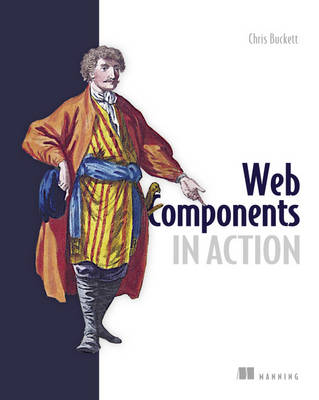DESCRIPTION
Complex tags, like the HTML5 date picker, are actually sophisticated HTML structures provided behind the scenes by browser vendors. The new Web Components specification enables developers to create their own hidden implementations of HTML elements. Although this new standard isn't integrated into all browsers, the "Platform" polyfill library used by both Google's Polymer and Mozilla's Brick projects, allows the use of Web Components even where native support doesn't yet exist. Better still, both Polymer and Brick offer libraries of ready-to-use components.
Web Components in Action is a thorough introduction to the new W3C Web Components specification. It shows how to build complex web apps with Web Components and the Polymer framework using Shadow DOM, Model Driven Views, and custom elements. Readers will learn to build tags that capture reusable parts of an application and even how to wrap and reuse a whole application. Along the way, they'll discover how using existing and custom Web Components make web applications easier to build, read, and maintain.
RETAIL SELLING POINTS
Complete introduction to the Web Components standard
Prepares readers for next big leap in web developer productivity
Written by Google Developer expert
AUDIENCE
This book assumes intermediate HTML and CSS skills. No experience with Web Components or Polymer is required.
ABOUT THE TECHNOLOGY
Web browsers interpret HTML elements, like the or tag and render them on the screen. Some complex tags, like the HTML5 date picker is actually made using standard HTML behind the scenes by the browser vendors, who (rightly) hide the implementation from the developer. Web Components technology lets developers create their own HTML elements, with hidden implementations. This lets the regular web developer create reusable parts of applications as tags, like a , or even a whole application, like . In the future, instead of pasting a block of HTML and script into a web page to get a facebook like button, developers will simply include a tag.
- ISBN10 1617291943
- ISBN13 9781617291944
- Publish Date 28 January 2016
- Publish Status Out of Print
- Out of Print 5 March 2021
- Publish Country GB
- Imprint Pearson Education Limited
- Format Paperback
- Pages 225
- Language English
